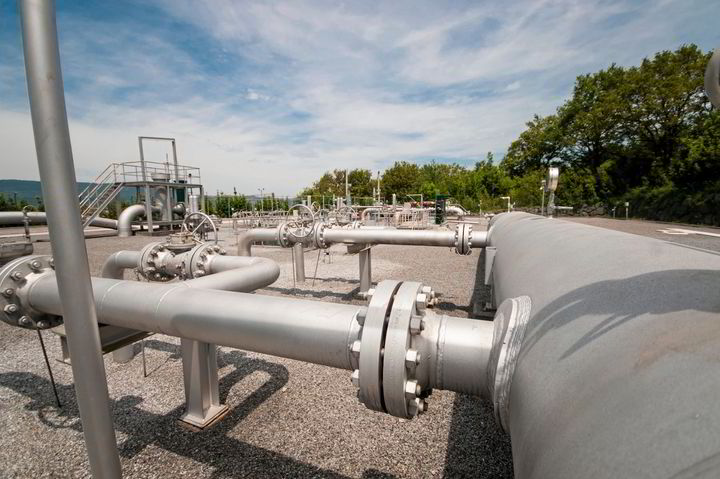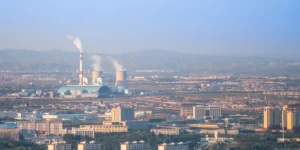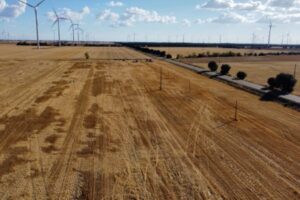Gas grids can already cope with 20% hydrogen blends? That simply isn’t true, says new report from network operator

Spanish gas association Sedigas has admitted in a new report that upgrading existing fossil-gas infrastructure to carry a hydrogen blend of 20% by volume could cost €703m ($752m) — in stark contrast to industry claims that existing networks would be able to tolerate this proportion of H2 with no major additional costs.
Even blending 5% hydrogen into the gas grid could require €92m in investment, while a 10% blend more than triples the potential cost up to €305m, according to the results of the CavendisH2 study undertaken by Sedigas and Italian consultancy Bip Consulting.
Sedigas describes these cost calculations as for “a maximum stress scenario”, in which assets that cannot handle hydrogen in their current form are adapted in all municipalities connected to the gas grid, while also meeting the same energy demand as today — ie, not accounting for increasing electrification of industry and households.
More than half of the expected investment in upgrading the Spanish gas grid for a 10% and 20% H2 blend is associated with retrofitting compressor stations, for multiple reasons.
First, hydrogen can embrittle some components. Stators were highlighted as likely to be affected while the impact of H2 on alloys used in compressor-station shafts and impellers was “uncertain”.
Dry gas seals only accept up to a 10% blend; non-metallic components in seals accept 5-10%; and wet seals need to be replaced “regardless of the hydrogen mixture”, the report explained.
Article continues below the advert
Second, blending fossil gas with H2, which is much less dense, would “imply increases in the volume of transported gas of 1.04, 1.08 and 1.17 times with respect to the volume of current natural gas” for blends of 5%, 10%, and 20%, respectively.
This means that more power is needed to compress the same energy content of gas, and along with the third problem — of the different combustion properties of hydrogen compared to fossil gas — could require the replacement of the gas-fired turbines at compressor stations.
Most compressors currently circulate a small amount of gas to fire in these turbines. Because of the different properties of hydrogen combustion compared to gas, at blends of 8-12%, the burner would likely need to be replaced and a catalyst installed to reduce harmful nitrogen oxide (NOx) emissions.
At blends above 20%, “a technical evaluation is required with the objective of determining the possibility of reusing or the need to massively change the turbine”, the report notes.
Sedigas also raises that natural gas chromatographs — which assess the make-up and quality of volumes going through the compressor — would also likely have to be completely replaced.
The higher volume of gases going through the grid would also necessitate around 40% of the 6,429 regulation and management stations throughout the network to be “reinforced”.
However, the report argues that when it comes to pipelines, “practically 100% of the transportation network is suitable for use with hydrogen”, based on modelling that considers parameters such as material, year of installation, operating pressure and accessibility for inspection.
But from this, only 76% of the pipelines were assigned a high probability of being suitable for use with hydrogen, with 24% “probably suitable” but with a greater degree of uncertainty.
For distribution pipelines — which would deliver the blended gas to industries, businesses and households — the figure is mixed, depending on operating pressures.
When it comes to pipes with a maximum operating pressure below 4 bar (totaling 64,801km), 96% were assigned a high probability of being suitable to transport a blend of hydrogen. But for pipes with a maximum operating pressure above 4 bar (totaling 9,768km), only 25% were given a high probability of suitability, with 68% “probably suitable”.
The study’s cost estimates do not include potential replacement of gas-based appliances, such as household boilers and cookers, although Sedigas cites results from the HyDeploy trial in the UK that these can be safely run on a blend of up to 20%.
Critics of H2 for domestic use have argued that compared to fossil gas, hydrogen has a higher safety risk while increasing household bills.
When it comes to leakage, the report estimates that “if pure hydrogen were distributed through the network in Spain, total leaks would represent an increase of ~7 times the total volume of leaks with natural gas”.
However, it argues that since hydrogen has less than a third of the energy density than fossil gas, this leakage represents an energy loss of “around 1GWh per year, which in turn represents close to 0.0005% of the total demand for natural gas in Spain, therefore being a non-significant loss”.
But given that green H2 is expected to be significantly more expensive than fossil gas in the short term, this could represent a major additional cost for producers and consumers — never mind the fact that hydrogen is an indirect greenhouse gas that can worsen climate change.






